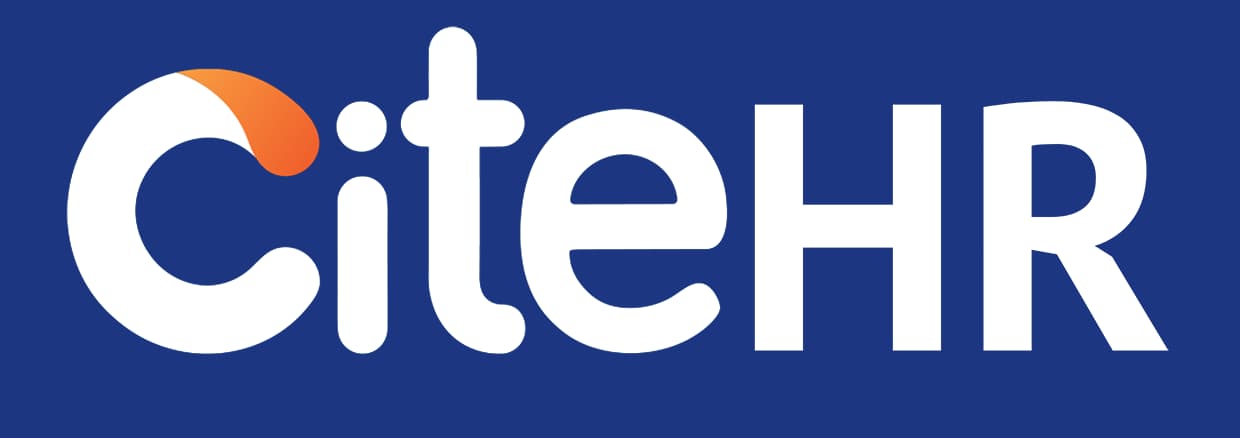At the outset, let me emphasize that your email/mail drafting skills are a subset of good communication skills. I would, therefore, stress that one must focus primarily on effective communication skills. Email is just one popular and extensively used medium of communication that may have some peculiarities and requirements that can be worked on separately. So let me first share some important aspects of effective communication skills, followed by some pointers on drafting result-oriented emails.
In my view, the most important element in any form of communication is the clear understanding of what, how, and why you are communicating. This can be clearly understood by ensuring that you write the subject line of your communication even before you begin writing anything else and also proofread for typographical errors.
Next, ensure you follow the rules of good drafting, editing, and proofreading. These could include one idea per paragraph, flow of thoughts, use of punctuation, following the 5 C's of effective communication, etc. Ideally, I recommend that all communication be typed in WORD, thereafter proofread, and then as required cut and paste.
As a habit/practice, ensure that for all forms of communication, including casual communication, the content is well-drafted, and the sentences and paragraphs are constructed using all the rules of grammar and effective drafting skills. You would notice that more and more people are using the SMS language, using short forms, jargon, liberally tossing out the rules of grammar when they post matter on this site. If one gets into this routine, the quality of formal communication would suffer in the long run, and this would be evident in the letters, reports, emails, inter-office communications, circulars, etc., that one generates.
You may also note that one must be more positive, proactive, and prompt in your communication. This can come about if your own attitude, behavior, and interactions always reflect these traits. Try to minimize the use of negative words like no, can't, difficult, etc., even in everyday communication.
When it comes to emails, the first rule is to keep the communication short, crisp, and to the point. Avoid the use of adjectives as the communication is intended to be informational or focused on getting some action. Keep in check the temptation to mark copies to one and all; instead, limit it to only those actually concerned. Revert to incoming emails at the earliest. If a phone call can get the work done faster, speak to the concerned person and only if required summarize the talk in writing through an email. Needless to say, being polite, courteous, and well-mannered in style and content would be the icing on any form of communication, including emails.
Academy for Creative Training - Over 91,500 views and 220 followers
Best Wishes
From India, Mumbai
In my view, the most important element in any form of communication is the clear understanding of what, how, and why you are communicating. This can be clearly understood by ensuring that you write the subject line of your communication even before you begin writing anything else and also proofread for typographical errors.
Next, ensure you follow the rules of good drafting, editing, and proofreading. These could include one idea per paragraph, flow of thoughts, use of punctuation, following the 5 C's of effective communication, etc. Ideally, I recommend that all communication be typed in WORD, thereafter proofread, and then as required cut and paste.
As a habit/practice, ensure that for all forms of communication, including casual communication, the content is well-drafted, and the sentences and paragraphs are constructed using all the rules of grammar and effective drafting skills. You would notice that more and more people are using the SMS language, using short forms, jargon, liberally tossing out the rules of grammar when they post matter on this site. If one gets into this routine, the quality of formal communication would suffer in the long run, and this would be evident in the letters, reports, emails, inter-office communications, circulars, etc., that one generates.
You may also note that one must be more positive, proactive, and prompt in your communication. This can come about if your own attitude, behavior, and interactions always reflect these traits. Try to minimize the use of negative words like no, can't, difficult, etc., even in everyday communication.
When it comes to emails, the first rule is to keep the communication short, crisp, and to the point. Avoid the use of adjectives as the communication is intended to be informational or focused on getting some action. Keep in check the temptation to mark copies to one and all; instead, limit it to only those actually concerned. Revert to incoming emails at the earliest. If a phone call can get the work done faster, speak to the concerned person and only if required summarize the talk in writing through an email. Needless to say, being polite, courteous, and well-mannered in style and content would be the icing on any form of communication, including emails.
Academy for Creative Training - Over 91,500 views and 220 followers
Best Wishes
From India, Mumbai
CiteHR is an AI-augmented HR knowledge and collaboration platform, enabling HR professionals to solve real-world challenges, validate decisions, and stay ahead through collective intelligence and machine-enhanced guidance. Join Our Platform.





 498
498